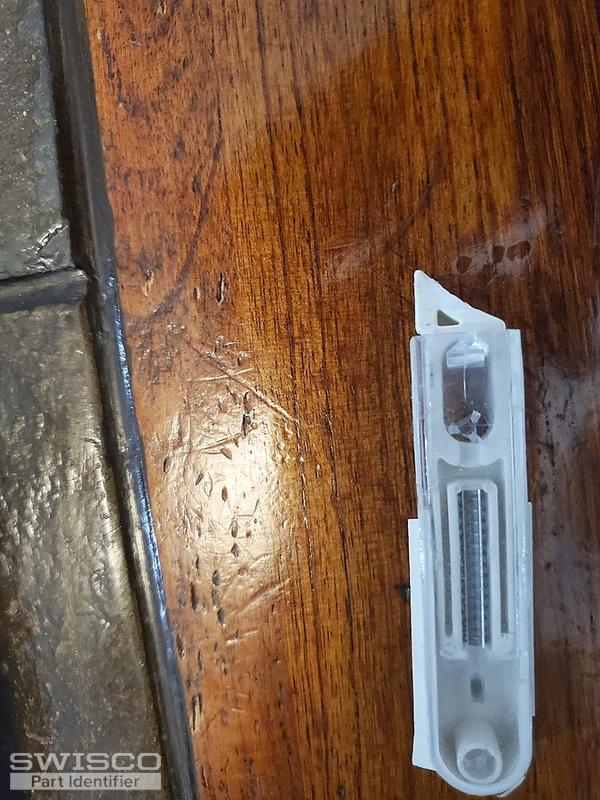
CLEARVIEW WINDOWS SPARE PARTS KEYGEN

In a typical living room layout, the lower sash sits between hand and eye level, making the panel easy to raise and lower according to the user’s preference. The lower sash in a hung window assembly is the bottom panel that can be opened at the owner’s discretion for air circulation.

The double-hung window is an advanced design that is popular among homeowners in warmer climates. In the summer months, double-hung windows increase air circulation because the ambient air is allowed to travel in and out through two openings. As such, double-hung windows allow you to lower the top panel and raise the lower panel. In a double-hung design, the upper sash can also be lowered and raised along the tracks. While the majority of hung window assemblies are of the single-hung variety, there is an alternative option known as the double-hung window. As such, the upper sash facilitates the entrance of natural light while the lower sash provides a view to the outside. Though the height of a single-hung window can vary, the upper sash typically sits above eye level.

The majority of hung window assemblies are known as single-hung windows because the upper sash is stationary and serves as the backbone of the assembly, whereas the lower half can be manually raised or lowered along the moving tracks. In a hung (vertical) window assembly, the upper sash is the panel that contains the top pane of glass and its surrounding frame. In modern windows, double panes are often used for extra strength and insulation. In window assemblies, glass panes are placed within the frames that hold the left, right, upper, and lower sashes. Glass can warp over time, but this is generally a rare sight because most of today’s homeowners replace their windows approximately every 20 years. Thanks to the material’s combination of transparency and hardness, you can watch a raging storm from the comfort of your living room without the risk of flying debris or interior leakage, all due to the protective qualities of glass. Glass is a strong material that can withstand the elements for many seasons. Window panes are constructed this way, as are bottles, vases and various other glass products. During the production stages, glass formulas are mixed in a hot liquid form and then poured at exact quantities into shaping containers, which then enter ovens for hardening. Glass is made from quartz, a mineral composed of oxygen and silicone. Glass is the material comprising the window panes and allowing homeowners to see outside. In a window assembly, glass is the principal window component. In the window industry, key parts of a house window include: While most people focus on the glass itself, the panes would not be in place if there were no frames, jambs, heads and sills to hold everything together. While most people look past the making of a window and focus on the sights through them, there are various components to a home window’s anatomy that make that possible.Įvery window has several parts that are crucial to the whole assembly. They allow you to experience the outdoors from the comfort of your living room, making windows a source of natural light and scenery. Windows are one of the most important features of any house.


 0 kommentar(er)
0 kommentar(er)
